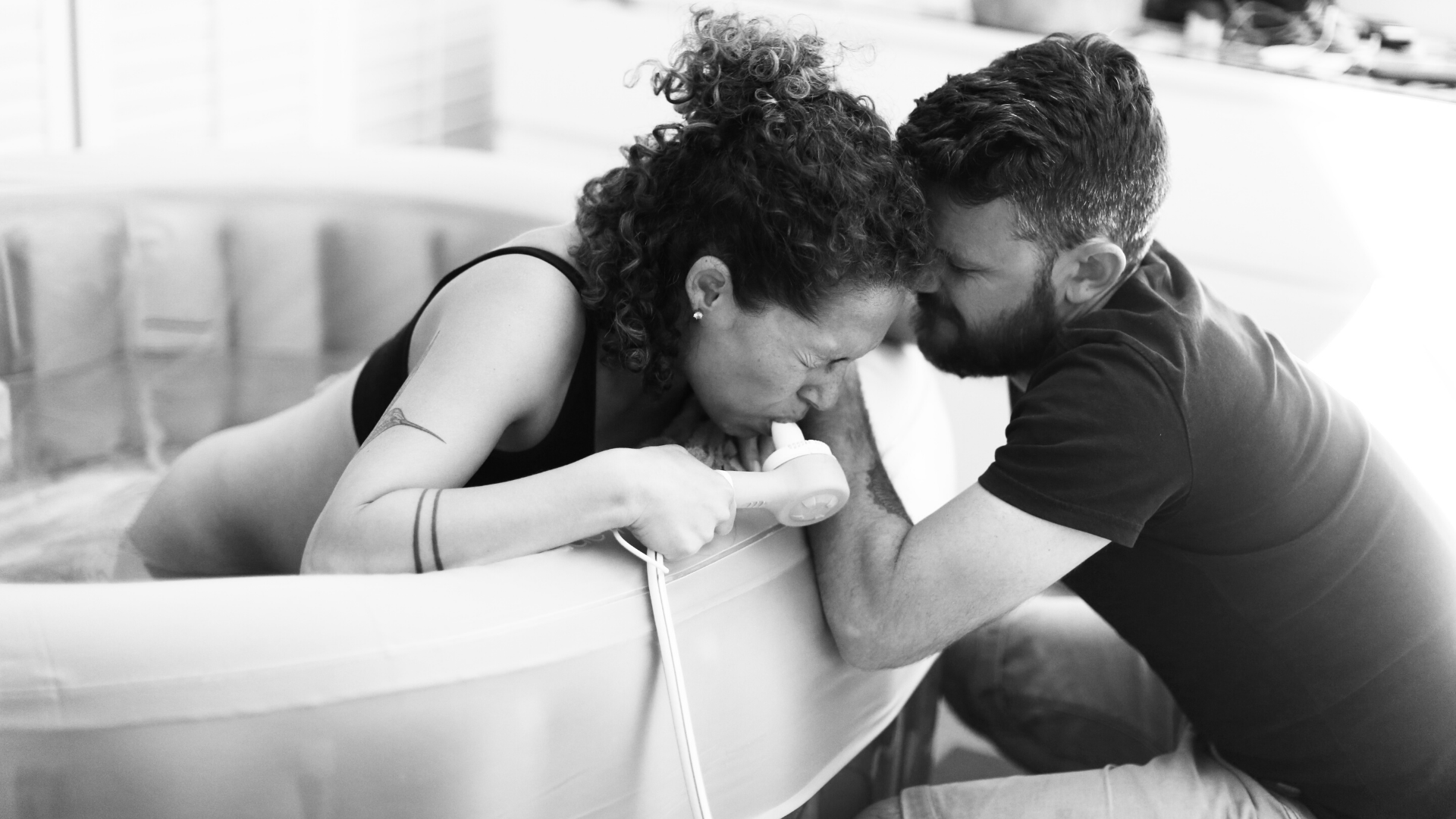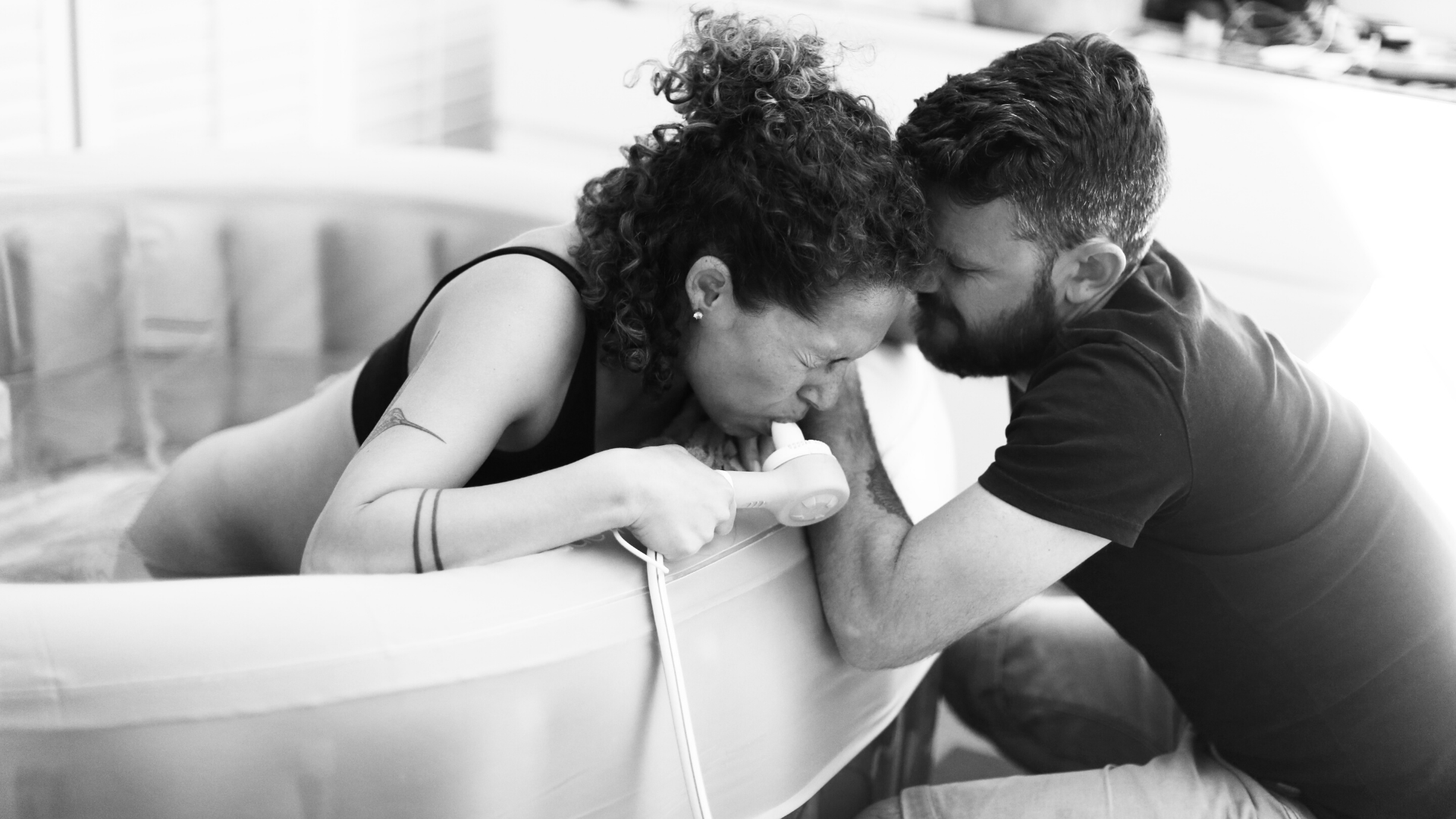
In this uncertain time, planning for baby’s arrival feels difficult. Hospitals are having to restrict who is allowed in the delivery room due to the spread of COVID-19. Those who have always planned on a hospital birth are currently having to reconsider or come to terms with delivering alone. The process of deciding between birthing options can be tough and a bit overwhelming. To make things a little easier, we’ve compiled some information about at-home births, birthing centers, and how hospital births are affected by the current situation.
At-Home Births
The at-home birthing experience is certainly the most unique of any birthing option. There are a few reasons you might choose this including a desire to have a natural birth with no medical intervention, dissatisfaction with hospital care, and a lower cost. Some mothers simply want to deliver in the comfort of their own home. However, there are certain situations where this might not be suitable such as a pregnancy with multiples, the positioning of the baby does not allow for a head first delivery, or if you’ve previously had a c-section.
At-home births can be a little harder to prepare for since there is a chance that hospital transfer may be necessary. Coming up with an intensive birth plan beforehand can be a great way to ease anxiety about delivery.
-
How to choose a healthcare provider. The beginning stages of planning your at-home birth includes finding a certified nurse-midwife whose education meets specific standards. You can also seek out a doctor practicing obstetrics within an integrated and regulated health system. Ensure whoever you choose has access to consultations with doctors or specialists at a collaborating hospital. If this doesn’t give you the comfort you need, you may also seek out a professional labor assistant or doula. One recommendation from the American Academy of Pediatrics is having one trained person whose primary responsibility is caring for the newborn.
-
Create a specific birth plan. Discuss your birthing plan with your health care provider and ask about supplies you’ll need, such as protective coverings for your floor or mattress. Consider questions such as what methods will you use to cope with pain? Do you want to labor in a tub? How long do you want to do skin-to-skin with your baby?
-
Prepare for a hospital transfer. Make sure you discuss the signs and symptoms that might necessitate a hospital transfer and how a transfer will change your birth plan. Ideally, your home or other planned birth location is within 15 minutes of a hospital with 24-hour maternity care. The most helpful thing you can do is have your health care provider make arrangements with a nearby hospital to ensure that you can be properly transferred if needed.
Birthing Centers
Birthing centers may be the best middle ground for those not crazy about the sterility of a hospital but want more help during an at home birth. Birth centers of course have their pros and cons so it’s important to make an informed decision. A birth center, as defined by the American Association of Birth Centers, is “a home-like facility existing within a health care system with a program of care designed in the wellness model of pregnancy and birth.”
-
What to expect in a birthing center. Birthing centers generally have a group of certified midwives and different levels of nurses on staff. Additionally, some have lactation specialists and a connection to a local hospital. There is also the choice for natural birth since birth centers are supportive of natural childbirth. Many birth centers allow the woman to call the shots to make themselves comfortable, given that it’s safe.
At this point in the developing pandemic, birthing centers are not being affected as heavily as hospitals. Since these centers are primarily focused on labor and delivery they have been a choice considered by mothers stressed about the current situation.
Hospital Birth
During the last few weeks as COVID-19 has ramped up, the labor and delivery experience at the hospital has changed quite a bit. The changes actually start pre-labor and delivery with no additional people allowed into prenatal appointments. As for actual labor and delivery, some states have taken as drastic measures as not allowing anyone in the delivery room– including partners and family. Other states have restricted to just one person in the room.
One positive note regarding the virus and pregnancy is that pregnant women have not shown an increased risk of contracting the virus. Additionally, there has not been proof of “vertical transmission” from pregnant mother to her baby, though there is not enough research to draw any firm conclusions at this time.
While hospital births are generally regarded as the safest method for labor and delivery, it is certainly not everyone’s first choice. Especially in an unprecedented time, mothers are being forced to consider other options that they may not have otherwise. Regardless of where you decide to bring your little one into the world, our best advice is to research, research, research!

